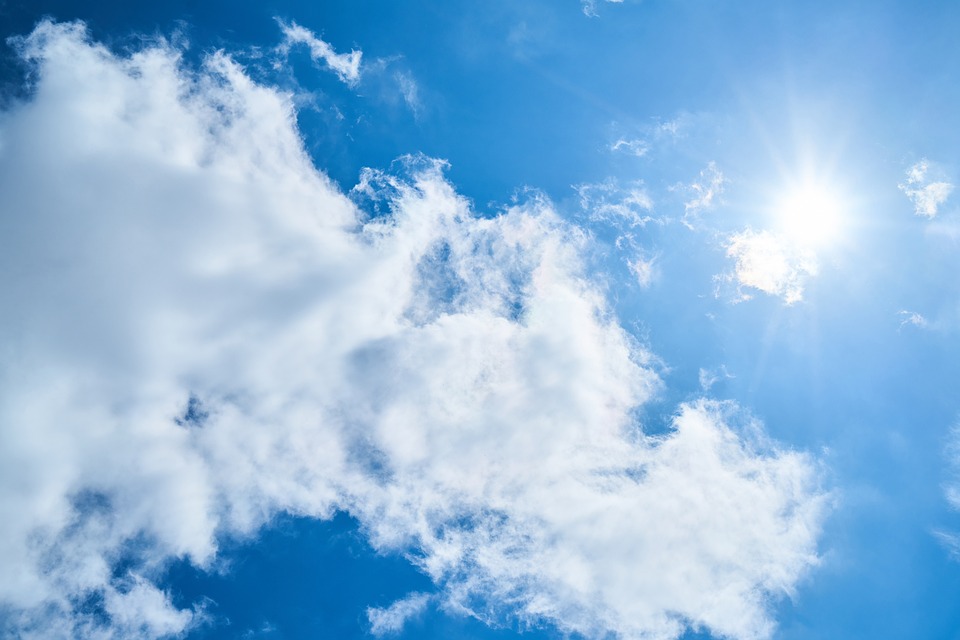Climate in Japan
Japan’s climate is characterized by its diverse geography, which spans from the northern island of Hokkaido to the subtropical islands of Okinawa. This geographical variety results in multiple climate zones, each with distinct seasonal patterns and weather phenomena. Understanding Japan’s climate is crucial for various sectors, including agriculture, tourism, and cultural practices.
Climate Zones in Japan
– Humid Continental Climate (Northern Japan, Hokkaido)
Northern Japan, particularly Hokkaido, experiences a humid continental climate. Winters are long, cold, and snowy, while summers are warm and mild. The region is known for heavy snowfall, especially along the Sea of Japan coast.
– Humid Subtropical Climate (Central Japan, Honshu)
Central Japan, including major cities like Tokyo and Kyoto, has a humid subtropical climate. This area features hot, humid summers and mild to cool winters, with occasional snowfall.
– Subtropical Climate (Southern Japan, Okinawa)
Southern Japan enjoys a subtropical climate characterized by warm, humid summers and mild winters. This region experiences less seasonal variation and receives substantial rainfall throughout the year.
Seasonal Climate Patterns
– Spring (March to May)
Spring in Japan is marked by mild temperatures and the famous cherry blossom season. Average temperatures range from 50–70°F (10–21°C) depending on the region.
– Summer (June to August)
Summer is hot and humid across much of Japan, with temperatures averaging between 77–95°F (25–35°C). The season also features the rainy season (tsuyu), lasting from early June to mid-July, followed by typhoon season in late summer.
– Autumn (September to November)
Autumn offers mild and dry weather with pleasant temperatures ranging from 50–77°F (10–25°C). This season is ideal for outdoor activities and is known for its vibrant foliage.
– Winter (December to February)
Winter temperatures vary significantly across regions. Northern areas experience heavy snowfall and freezing temperatures, while southern regions like Okinawa remain mild and snow-free.
Precipitation and Humidity
– Rainy and Typhoon Seasons
The rainy season (tsuyu) occurs in early summer and brings significant rainfall to central and southern Japan. Late summer to early autumn sees typhoons that can cause strong winds and heavy rain.
– Snowfall
Northern regions and the Sea of Japan coast are famous for heavy snowfall. Areas like Hokkaido and Niigata are popular destinations for winter sports due to their significant snow accumulation.
Regional Climate Variations
– Northern Japan (Hokkaido)
Hokkaido experiences cold winters with heavy snow and cool summers. Its climate is generally less humid than other parts of Japan.
– Central Japan (Honshu)
This region has a humid subtropical climate with hot summers and cold winters. Mountainous areas like the Japanese Alps receive substantial snowfall.
– Southern Japan (Kyushu, Okinawa)
Southern Japan has a subtropical climate with warm winters and hot, humid summers. Rainfall is abundant year-round, particularly during the rainy season and typhoon season.
Impact of Climate on Japanese Culture and Economy
– Seasonal Festivals and Traditions
Each season features unique festivals reflecting local climatic conditions, such as cherry blossom viewing in spring and autumn leaf festivals.
– Agricultural Production
The agricultural cycle in Japan relies heavily on seasonal rainfall patterns. Rice cultivation benefits significantly from the rainy season.
– Tourism and Recreation
Seasonal variations attract tourists year-round—cherry blossoms in spring, beach activities in summer, and skiing in winter are all popular attractions.
Frequently Asked Questions (FAQs)
– What type of climate does Japan have?
Japan has a range of climates: humid continental in the north, humid subtropical in central regions, and subtropical in the south.
– When is Japan’s rainy season?
The rainy season occurs from early June to mid-July across most of the country.
– Does it snow in Japan?
Yes, northern areas experience heavy snowfall during winter months.
– What is the best season to visit Japan?
Spring and autumn are ideal for tourism due to pleasant weather and beautiful scenery.
– Are typhoons common in Japan?
Yes, typhoons frequently affect Japan from late summer into autumn.
Conclusion
Japan’s climate varies significantly across its regions—from snowy winters in the north to subtropical warmth in the south—shaping its cultural practices, agricultural cycles, and tourism dynamics. Each season offers distinct experiences that highlight the beauty of this archipelago.

Kyle Whyte is a notable scholar and professor at the University of Michigan, holding positions such as the George Willis Pack Professor in the School for Environment and Sustainability and Professor of Philosophy. Specializing in environmental justice, his work critically examines climate policy and Indigenous peoples’ ethics, emphasizing the nexus between cooperative scientific endeavors and Indigenous justice. As an enrolled Citizen Potawatomi Nation member, he brings a vital perspective to his roles as a U.S. Science Envoy and member of the White House Environmental Justice Advisory Council. His influential research is supported by various prestigious organizations including the National Science Foundation, and disseminated through publications in high-impact journals. Kyle actively contributes to global Indigenous research methodologies and education, with affiliations to numerous institutes and societies dedicated to traditional knowledge and sustainability. Recognized for his academic and community engagement, Kyle has earned multiple awards and served in various visiting professorships. His efforts extend to leadership positions on boards and committees focused on environmental justice nationwide.
